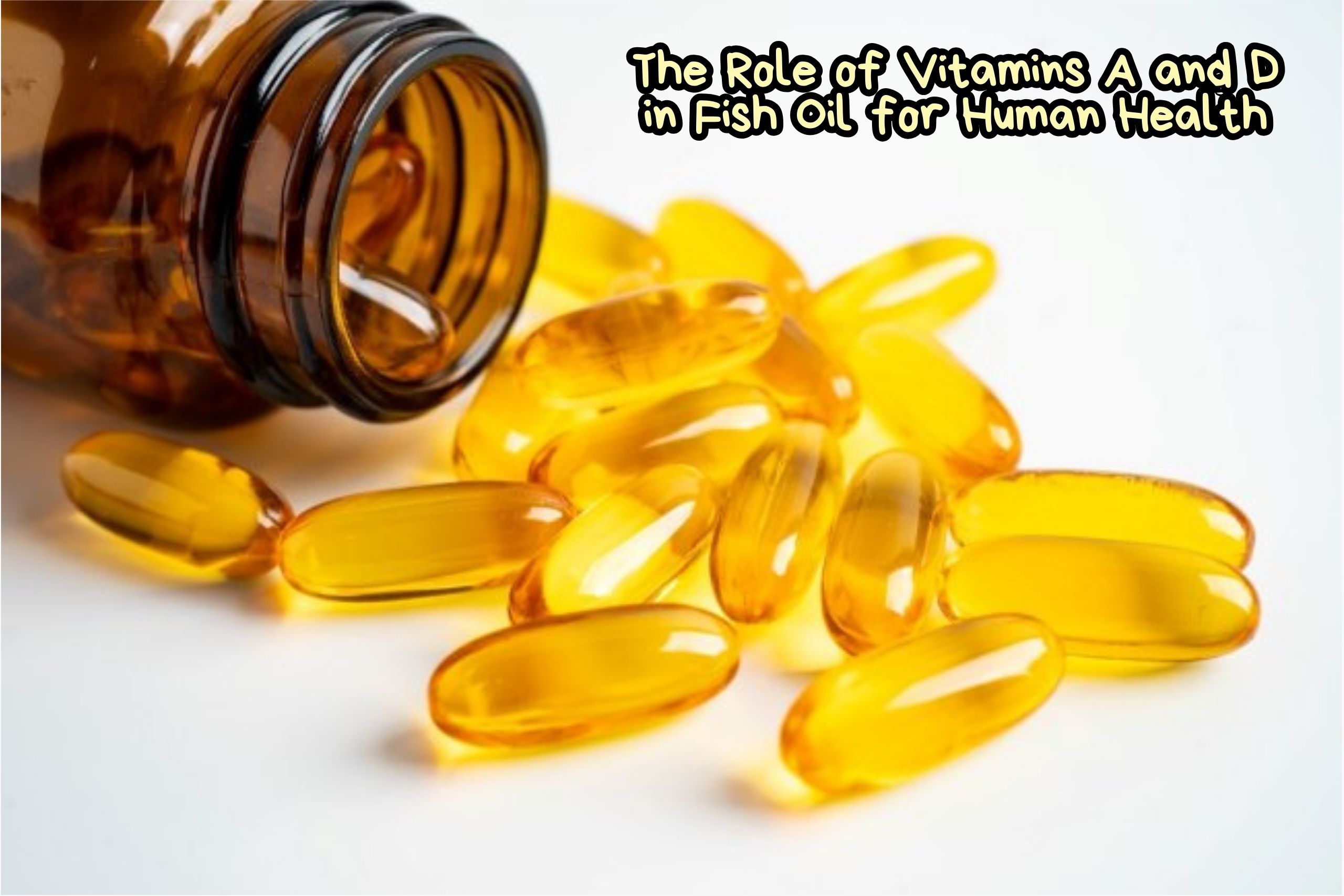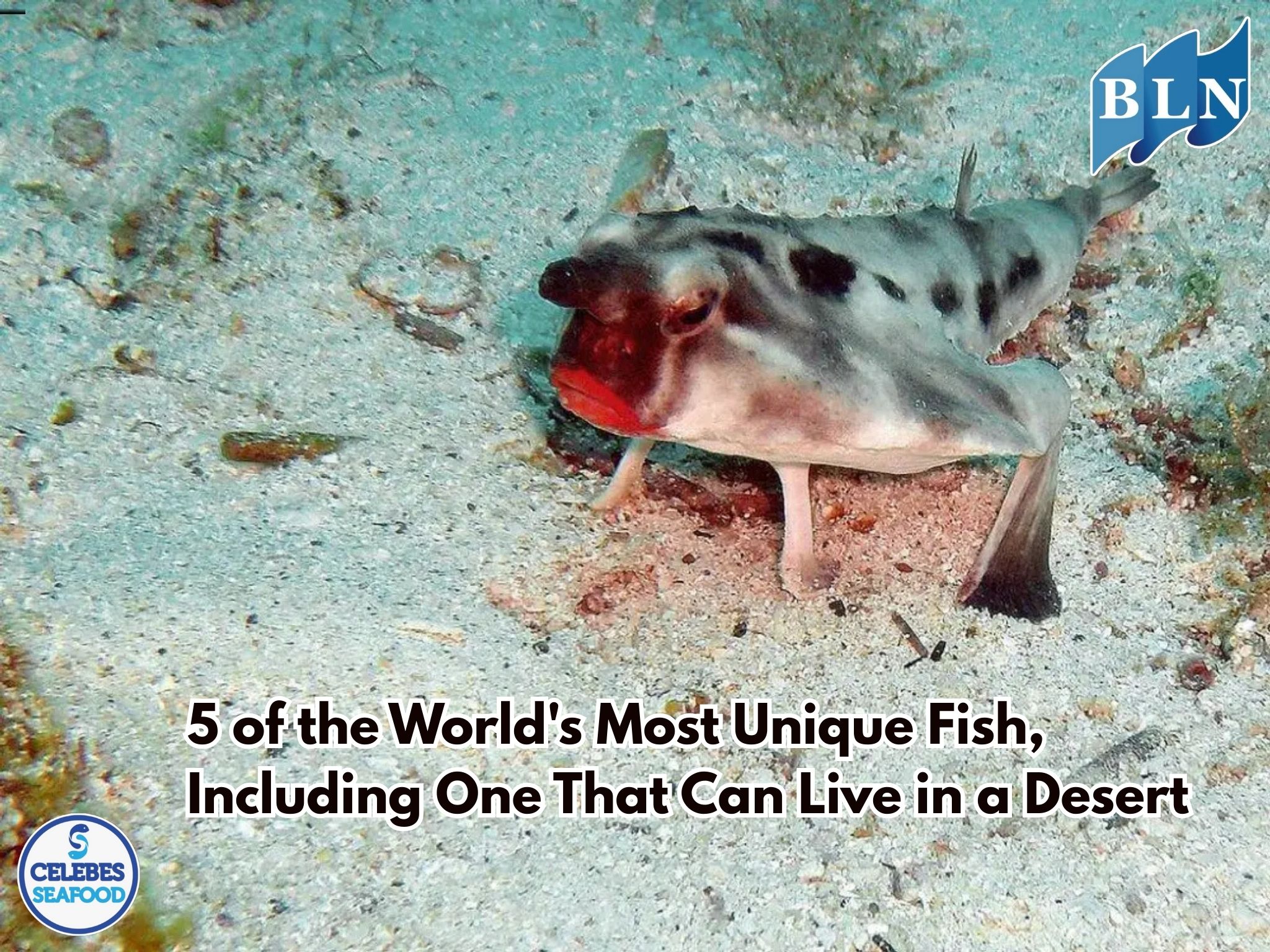The Threat of Microplastics to Pelagic Fish Health
By. Alfian - 25 Aug 2025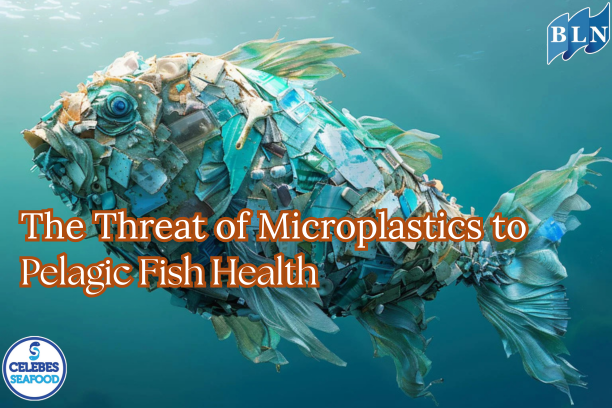
lautnusantara.com Microplastics are tiny plastic particles measuring less than 5 mm that originate from the fragmentation of larger plastic waste. These particles have become a serious problem in the ocean, including for pelagic fish.
How Do Microplastics Threaten Pelagic Fish?
Here are some ways microplastics harm pelagic fish:
1. Entering the Digestive System
Pelagic fish often mistake microplastics for a food source. These particles can block the fish's digestive tract. As a result, the fish feel falsely full, refuse to eat, and lead to starvation and malnutrition. Studies also show that microplastics can erode the intestinal walls of fish.
2. Releasing Toxic Chemicals
Plastics contain additional chemicals such as BPA and phthalates that can disrupt fish hormones. Furthermore, microplastics in the ocean can also absorb harmful pollutants from the water, such as pesticides and heavy metals. When fish ingest microplastics, these chemicals and pollutants can enter their body tissues. This can damage organs, reduce fertility, and weaken the fish's immune system.
3. Transfer to the Food Chain
Because pelagic fish are an important part of the marine food chain, microplastics in their bodies can be transferred to larger predators, including humans. This process is known as bioaccumulation and biomagnification, where pollutant concentrations increase as you move up the trophic level.
Case Study
- Tuna: A study found microplastic particles in the digestive system of bluefin tuna.
- Sardines: Another study reported that sardines caught in Mediterranean waters had high levels of microplastics.
Measures That Can Be Taken
To reduce this threat, several steps can be taken:
Reducing the Use of Single-Use Plastics: This is the most fundamental step.
- Improving Recycling and Waste Management: Preventing plastic waste from reaching the ocean.
- Conducting Further Research: To better understand the long-term impacts of microplastics.
The threat of microplastics to pelagic fish is a global problem that requires the cooperation of all parties, from governments and industry to individuals.
If you are interested in our Coral Trout Fillet Skin On, CORAL TROUT WGG WHOLE GILLED GUTTED please do not hesitate to contact us through email and/or whatsapp.
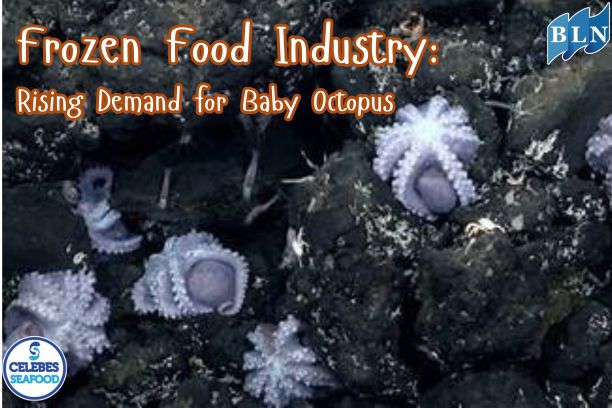
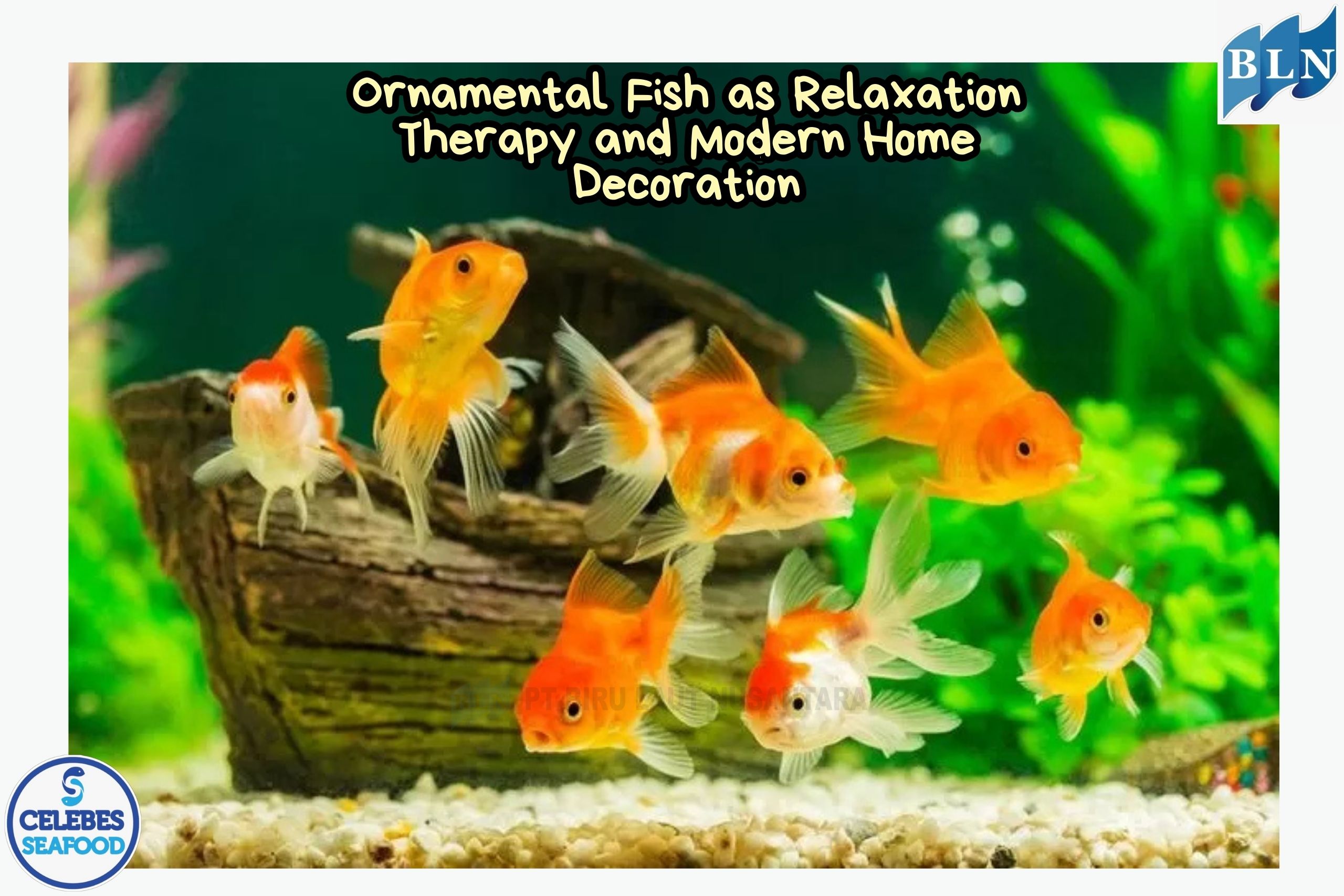
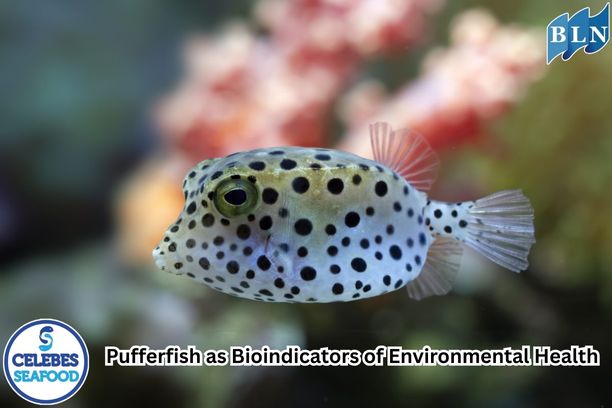

 Biology, Behavior, and Utilization.jpg)
